Darren Bagnall from Block in a Box, looks at how exposure to green space is essential for mental wellbeing, but many people living in flats and apartment blocks have little or no direct access to gardens or natural landscapes.
From communal gardens to window boxes, the presence of greenery in a residential block can improve mood and even help residents feel more connected to their community. Prioritising green space is not just a design choice, it is an investment in long term health and happiness.
Why Green Space Matters
From parks to planted courtyards, roof terraces to pot plants, green spaces offer psychological benefits that go far beyond aesthetics. Numerous studies have shown that access to nature supports:
- Lower levels of stress and anxiety
- Improved mood and mental clarity
- Faster recovery from mental fatigue
- Reduced risk of depression
- Increased physical activity
- Increased social interaction
For people living in flats, especially in urban areas, the presence of greenery in shared spaces can make a significant difference to their daily experience and overall wellbeing.
The Science Behind “Green Therapy”
Green therapy (also known as ecotherapy) involves interaction with nature for the sake of mental health treatment and general wellness.
According to a report by Mind, exposure to green environments even for short periods can lead to reductions in cortisol (the stress hormone), lower blood pressure and improved mood.
Research from the University of Exeter showed that people living near green spaces have better mental health overall, even when accounting for income, employment and education. They also found that just five minutes of activity in a natural setting (such as gardening or walking) can boost self-esteem and mood.
The Challenge of Urban Living
Many people living in flats face barriers to accessing green space due to a lack of communal gardens, balconies and roof terraces. Communal spaces are often underutilised and devoid of greenery. Add to this a lack of open green spaces within walking distance and high levels of air and noise pollution and it is easy to see how mood could slip.
Practical Ways to Add Greenery in Blocks of Flats
Creating green spaces in residential buildings does not have to mean major renovation or large budgets. Some practical, achievable ways Resident Management Companies and their fellow leaseholders can introduce more greenery include:
- Communal Gardens
If your building has any outdoor land (whether it is a courtyard, front lawn or unused space behind the property), consider turning it into a shared garden.
Add raised beds, benches and safe walking paths and involve residents in planting or maintaining the space. Use low maintenance, native plants to reduce upkeep and consider a mix of decorative flowers and edible plants for variety.
Well maintained communal gardens provide not only a peaceful retreat but also encourage neighbourly interaction and a sense of ownership.
- Rooftop Green Spaces
If permitted by the building’s structure and planning regulations, green roofs or rooftop gardens can be a fantastic way to introduce nature into high rise developments.
Offer seating areas with potted plants or pergolas and use hardy plants suited to exposed conditions. Install safe fencing and access routes. Even a few benches and shrubs on a roof terrace can create a space for mindfulness, reading or simply enjoying the view.
- Balcony and Window Box Initiatives
Encourage residents to install window boxes, balcony planters or hanging baskets. RMCs can support this by offering guidance on suitable plants and pots and maybe running a “best balcony” competition to promote engagement. You could even arrange a discount scheme or annual budget with a local garden centre to help those on lower incomes to take part.
A row of flower filled balconies instantly lifts the appearance of a block and gives residents a small but powerful connection to nature. The property’s curb appeal may see a boost too.
- Vertical Gardens and Green Walls
If space is tight, vertical planting offers a smart solution. These systems use wall mounted planters or living wall panels to bring greenery into courtyards or entrance areas.
Ideal for improving air quality and aesthetics, these can be maintained by contractors or resident volunteers. Green walls certainly add a modern, eco conscious look to the building and create an interesting talking point and meeting space.
- Indoor Plants in Communal Areas
Adding potted plants to hallways, reception areas or shared lounges can have a surprisingly big impact. They help to soften hard lines and add warmth, making communal areas feel more welcoming and lived in.
Use low light tolerant plants and assign responsibility for watering (or use self-watering planters). Keep displays neat and of course avoid obstructing access routes.
Supporting Wellbeing Through Design and Maintenance
The design and maintenance of green spaces also matters. A neglected courtyard or overgrown lawn can have the opposite effect on mood. To truly support mental health, green areas should feel safe, accessible, inclusive and cared for.
Good lighting, visibility and secure access are important as is offering both sociable and quiet spaces. Everything from potted plants to full blown gardens should be regularly maintained to avoid any signs of neglect.
Where possible, involve residents in choosing plants, deciding how spaces are used or even setting up a small gardening group. Shared responsibility encourages pride and promotes social connection.
Planting the Seed
Nature has a remarkable ability to heal, calm and uplift and modern flat living makes this more important than ever. Whether it is a green rooftop, a quiet courtyard or a few carefully placed pot plants, access to greenery can transform the atmosphere in an apartment block.
For RMCs and property managers, investing in green spaces is not just a lifestyle perk, it is a way to support resident wellbeing, build community and create places where people feel truly at home.

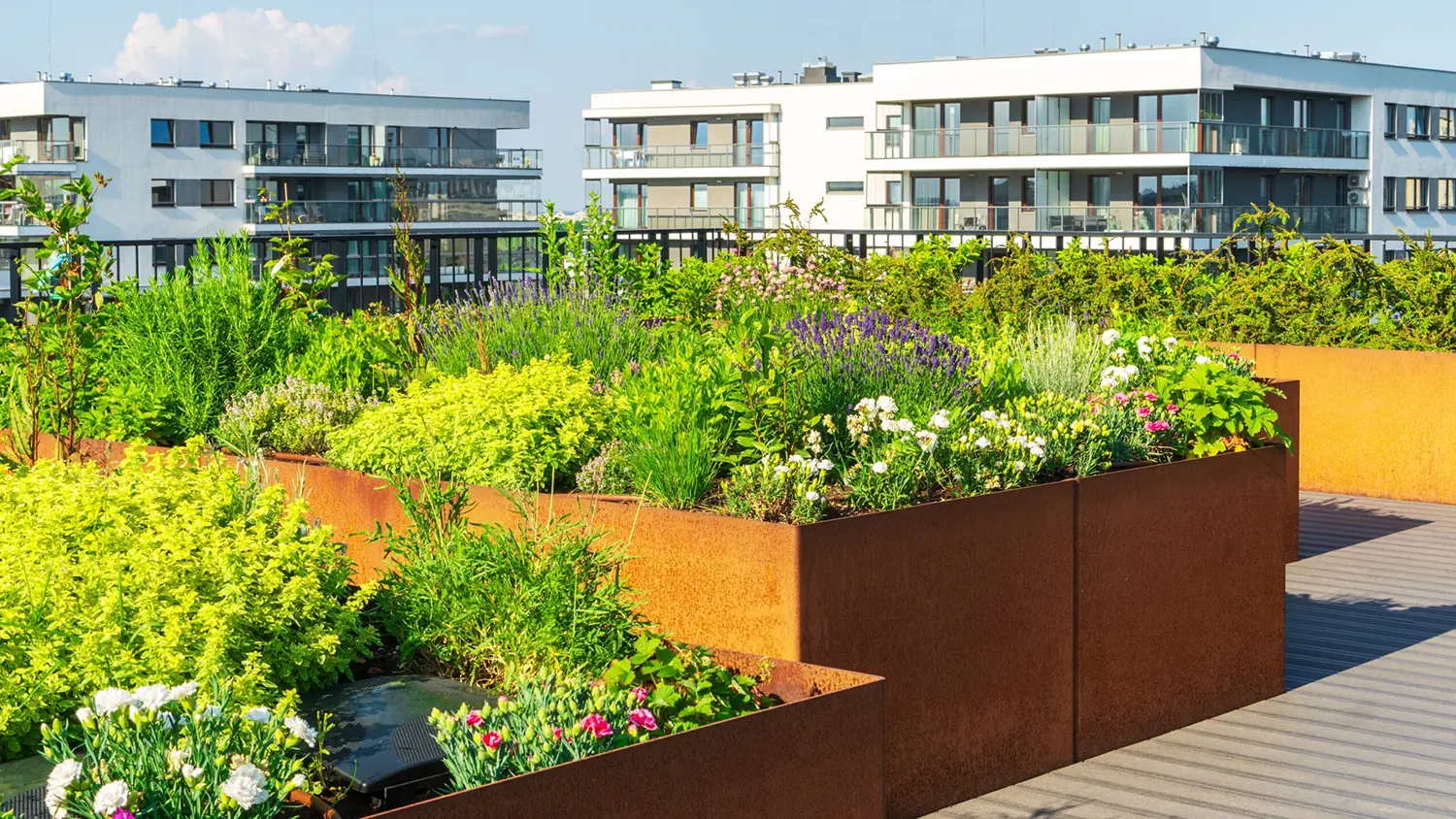
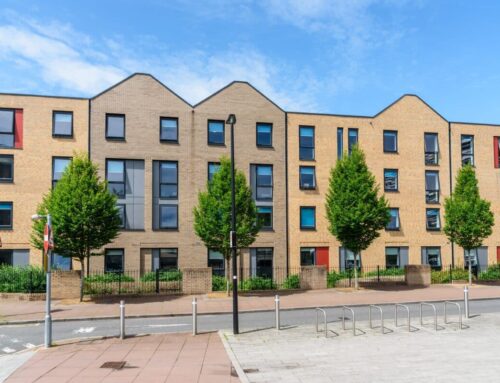
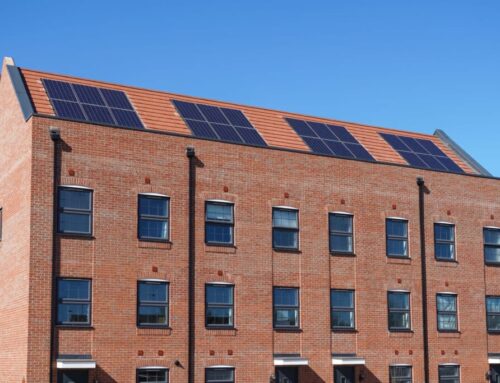
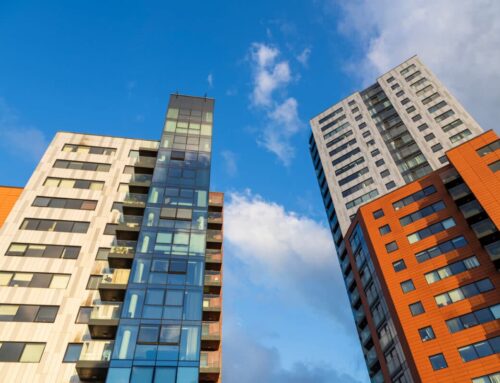
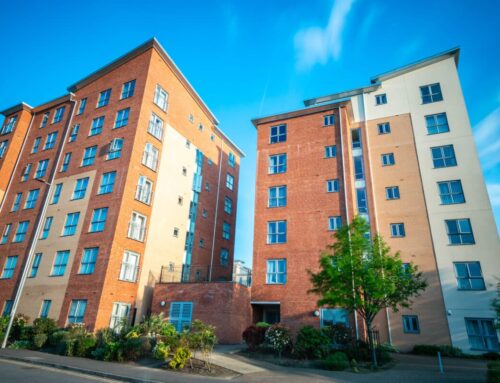
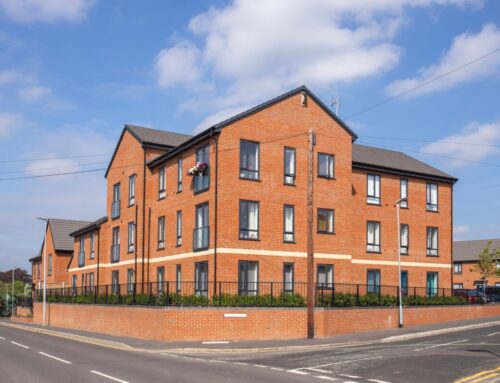
Leave A Comment